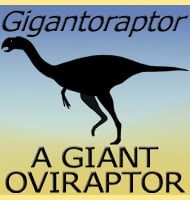Thililua
In Depth Although the body is still unknown, Thililua is considered to be a polycotylid plesiosaur. Named after the genus Polycotylus, polycotylids had plesiosaur shaped bodies, but proportionately shorter necks and longer jaws, with probably the most famous example of this group being Dolichorhynchops. Although most polycotylid fossils are known from North America, the presence … Read more
